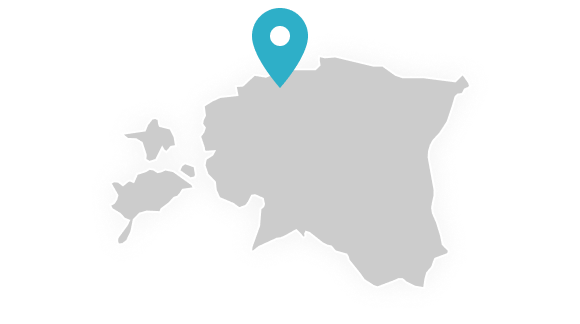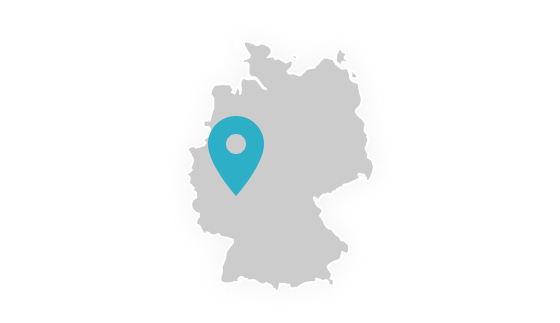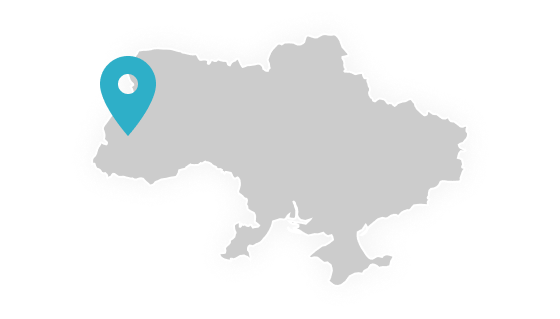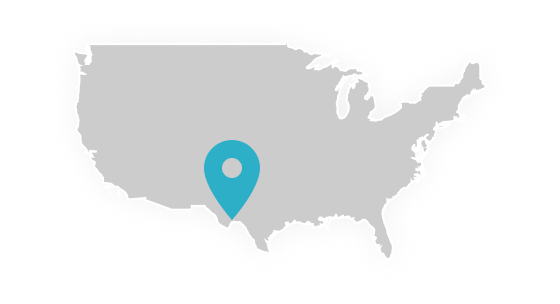AI is swiftly transforming industries across the globe, and a significant advancement in this field is the development of multi-agent AI systems. These systems involve multiple AI agents working together to complete complex tasks, much like a team of humans collaborating to solve problems or execute tasks. This article will explore the challenges involved in coordinating these AI agents and the innovative solutions emerging in the space, shedding light on how multi-agent AI systems are becoming essential to optimizing business workflows.
Introduction to Multi-Agent AI Systems
Multi-agent AI systems consist of multiple AI entities or “agents” that work together toward a common goal. Each agent operates autonomously but is programmed to communicate and collaborate with other agents. Think of it as a team of specialists, each with a specific skill set, coordinating their efforts to achieve more than any single agent could on its own. These agents can be specialized for different tasks such as data processing, decision-making, and problem-solving, allowing them to complete tasks more efficiently than isolated systems.
With industries handling increasingly complex tasks – whether in logistics, healthcare, or finance – there’s a growing need for AI systems that can distribute tasks effectively across multiple agents. The promise of collaborative AI lies in its ability to automate intricate workflows, reduce human intervention, and handle large-scale operations with precision.

Challenges in Coordinating AI Agents
The coordination of multi-agent AI systems is far from straightforward. Despite the promising potential, several technical and logistical challenges must be addressed to achieve optimal results.
- Task Distribution and Allocation: Distributing tasks among agents may seem simple, but when each agent has specialized capabilities, deciding which agent should handle a particular task becomes a complex challenge. Some agents may be better suited for certain tasks, while others might lack the resources or processing power. Ensuring that tasks are allocated optimally is essential for the smooth functioning of the system.
- Communication Between Agents: For multi-agent systems to work effectively, agents must communicate with each other in real time. The complexity of communication increases with the number of agents, especially when the tasks involve real-time collaboration. Managing this communication and ensuring that all agents are aligned toward the same goal can be difficult, particularly in large systems.
- Coherence Across Tasks: When agents work on different aspects of the same project, maintaining coherence in the final outcome is crucial. Without clear coordination, the outputs from each agent might conflict or fail to align, leading to inefficiencies or errors. Achieving consistency across multiple tasks is a major hurdle for multi-agent AI systems.
- Scalability and Reliability: As the number of agents increases, so does the complexity of managing them. Large systems require advanced orchestration to ensure that each agent functions smoothly without overloading the system. The challenge lies in making these systems scalable without sacrificing reliability or performance.
Current Approaches to AI Agent Collaboration
The development of frameworks and methodologies to facilitate collaboration between AI agents has been a primary focus for researchers and engineers alike. Currently, most approaches fall into two categories: creating highly functional agents or establishing robust communication protocols. However, few solutions excel in both areas.
- Agent-Based Models: In these models, each agent operates semi-independently to complete specific tasks. These agents are often specialized and work within predefined rules. While this approach is useful for simple environments, it can struggle with more dynamic and unpredictable systems.
- Orchestration Frameworks: AI orchestration frameworks provide a layer of management between agents, directing their actions and ensuring alignment toward a common goal. These frameworks, such as ROS (Robot Operating System), allow agents to share information efficiently. However, these systems can become bottlenecked when handling vast amounts of data in real time.
- AI Collaboration Tools: Tools that support real-time collaboration between AI agents are emerging, focusing on enhancing communication and optimizing task distribution. While these tools show promise, they often face limitations when scaling up to larger, more complex systems. Issues such as interoperability between different AI agents and frameworks remain a challenge.

Use Cases: How Multi-Agent AI Systems Improve Business Processes
Despite these challenges, multi-agent AI systems are already revolutionizing industries through increased efficiency and automation. Below are some examples of real-world applications that illustrate the potential of AI collaboration.
- Customer Service: AI agents can streamline customer service operations by managing inquiries, processing customer data, and even predicting customer needs. By working together, these agents ensure customers receive prompt, accurate, and personalized responses. AI assistants can also manage routine tasks, allowing human agents to focus on more complex customer issues.
- Logistics and Supply Chain Management: In logistics, task allocation is essential to keep operations running smoothly. AI agent coordination ensures that tasks like routing deliveries, monitoring inventory, and scheduling shipments are optimized, reducing delays and inefficiencies. Real-time communication between agents allows companies to respond quickly to changing market conditions or disruptions in the supply chain.
- Finance: In the financial sector, multi-agent AI systems are used for automated decision-making processes, risk management, and fraud detection. By analyzing vast amounts of data in real time, these agents help businesses make informed decisions, reducing risk and improving financial outcomes. Collaborative AI also plays a role in developing personalized investment strategies based on market trends.
Future Perspectives for Multi-Agent AI Systems
The future of multi-agent AI systems is full of potential. As technology advances, several exciting developments are on the horizon:
- Improved Interoperability: A significant obstacle today is the lack of interoperability between different AI agents and frameworks. Future systems will likely focus on creating more flexible architectures that allow different agents to work together seamlessly, regardless of the technologies they are built on.
- Dynamic Learning: As multi-agent systems evolve, the ability for agents to learn from one another will become increasingly important. LLM-based agents (agents powered by large language models) will be capable of sharing knowledge in real-time, allowing them to adapt to new challenges dynamically.
- Advanced Orchestration Techniques: Future advancements in AI orchestration frameworks will likely focus on improving scalability, reliability, and real-time task distribution. AI task distribution methods will evolve, enabling more efficient handling of complex workflows.
- Autonomous Decision-Making: While today’s systems require a significant amount of oversight, future multi-agent AI systems will likely be capable of autonomously handling increasingly complex tasks. This will free up human resources for more strategic roles, while AI manages operational processes.
Conclusion
Multi-agent AI systems hold immense promise for streamlining complex business processes, improving efficiency, and enhancing decision-making. As collaboration between AI agents improves, these systems will become an indispensable tool for businesses across industries. While there are challenges to overcome – such as task allocation, communication, and scalability – the future looks bright for collaborative AI solutions. As technology advances, multi-agent systems will continue to play a crucial role in shaping the future of automation, decision-making, and innovation.
Stay Connected
At Insoftex, we are fully equipped to enhance your business processes with cutting-edge multi-agent AI solutions that drive efficiency and scalability. Our team is ready to partner with you, offering tailored solutions to streamline your operations and achieve your business goals.
Ready to get started? With Insoftex, we make the process simple. Just follow these 4 easy steps:
- Discovery Meeting: We dive deep into understanding your business and goals.
- Research & Strategy: Our experts craft a tailored, budget-conscious plan.
- Go-to-Market Strategy: We design and launch a solution that delivers real impact.
- Ongoing Support: We provide continuous assistance to ensure smooth operations and long-term success.
Let’s collaborate and bring innovation to your business. Reach out today!







